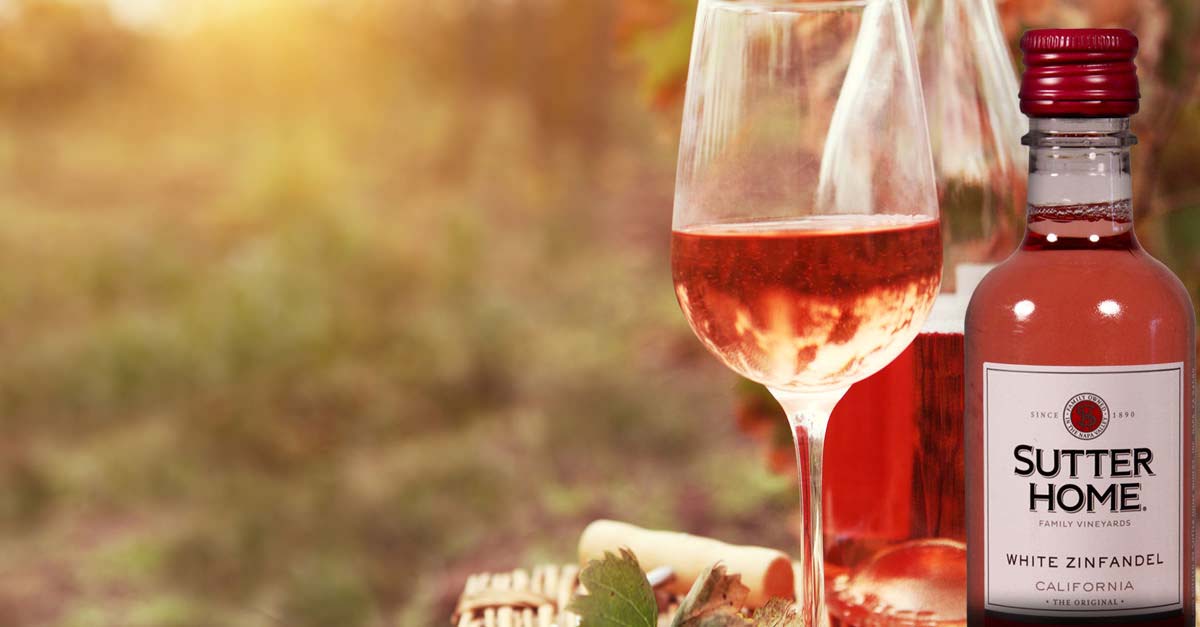As we barrel headlong into overwhelming our hard-working health care workers with record-breaking pandemic infections, I have been doing my part by staying safely isolated at home with only the quickly diminishing contents of my wine cellar to keep my spirits high.
Referencing the page-a-day wine calendar helpfully posted on the door to the wine cellar, I decided to select a bottle of Zinfandel to observe and celebrate National Zinfandel Day, which occurs every year on the 3rd Wednesday of November.
For those not familiar with Zinfandel, you may know it as the Primitivo grape varietal from Italy. Yes, it’s another one of those same-grape-different-name situations, similar to the Syrah/Shiraz debacle that needlessly confuses the wine-swilling public.
To further muddy the waters, the Italian Primitivo grape varietal is itself descended from a Croatian grape called Crljenak Kaštelanski (that’s Red Castle for you Anglophones).
Regardless of its origins, Zinfandel is often referred to as “America’s Wine”, as the grape varietal has flourished in California like nowhere else. Much like ice wine is Canada’s claim to fame in the world of wine, Zinfandel is the feather in the cap of our neighbors to the south.
This grape varietal first came to North America in the 1820’s, when a Long Island horticulturalist started importing different vines from several European countries.
Zinfandel was first used as a table grape in the eastern United States, but it made the jump to table wine in the late 1850’s when planted on the west coast.
The Zinfandel grape thrived in the California climate, but languished in relative obscurity for several decades. Chief among the complaints were that the thin-skinned grape was susceptible to rot, so could not survive shipping by train in the days before refrigeration technology was available.
The entire Zinfandel crop was nearly lost during the dark days of Prohibition (1920-1933), as the liquor-hating puritans of the day ripped up many of the vines used to produce the sinful and intoxicating wines they so despised.
Luckily, a few vines did survive the Prohibition era, and the Zinfandel crop grew to even greater popularity when booze became socially acceptable in the US again.
Zinfandel’s big break came in 1975, when an accident at winery produced a rosé version of Zinfandel. The resulting wine was a very sweet and light pink wine that was an instant hit in the marketplace.
For those not in the know, red and white wines are both made from red grapes. The juice from the grapes is clear, and red wines get their color from extended contact with the grape skins. White wines are colorless because the skins are removed from the fermentation process after pressing out the juice.
Today, White Zinfandel outsells Red Zinfandel by more than six to one in the world markets. White Zinfandel is quite inexpensive to make, so the market has been flooded with low-cost brands that are forced to compete on price instead of taste or quality.
The alcohol content in a White Zin tends to be noticeably lower than other wines, with most White Zins a modest 9.5-11% ABV. To contrast, a Merlot or a Cab Sauv will generally be around 13-15% ABV, so the low alcohol content is appealing to those who do not regularly drink wine.
The high sugar content makes a White Zin taste almost like a fruit punch or wine cooler,
which helps make it attractive to the teeming millions referred to as the “mass market”.
The low alcohol content and sugary taste has given White Zin a bad reputation with the wine snobs of the world, who view it as inferior to the more complex and dignified varietals like Chardonnay or Merlot.
However, the mass market does not always agree with the wine snobs, and White Zin accounts for an astonishing 10% of the US wine market. That puts it ahead of Merlot, and is outmatched only by the Chardonnay and Cab Sauv varietals.
Here in Canada, we have a dozen or so wineries in the Okanagan Valley of BC that produce red Zinfandel wines, with Desert Hills and Black Sage being my personal favourites, both producing lush and complex red Zin with similar flavour profiles to a Cab Sauv.
Remember the different names, and ask for a Zinfandel or Primitivo on your next online wine delivery order!









